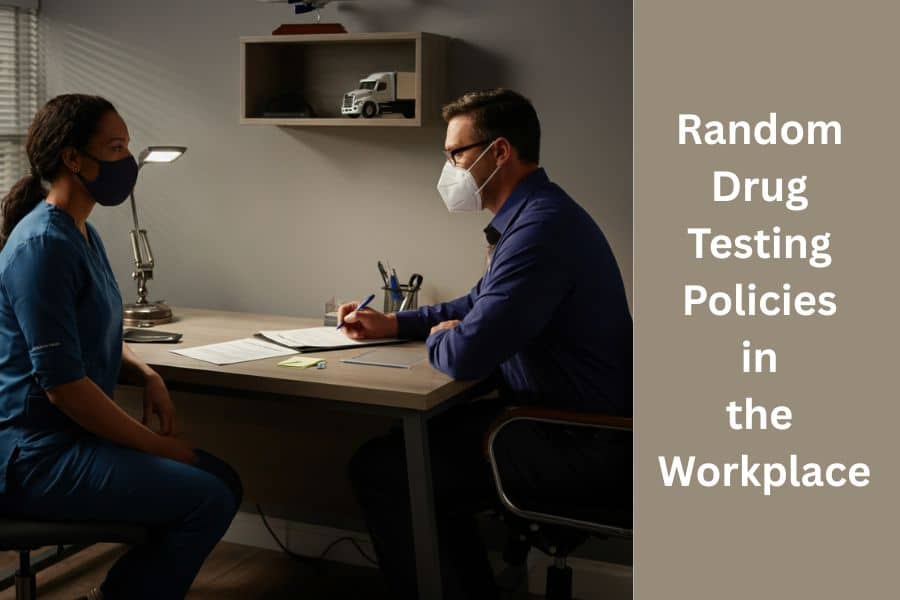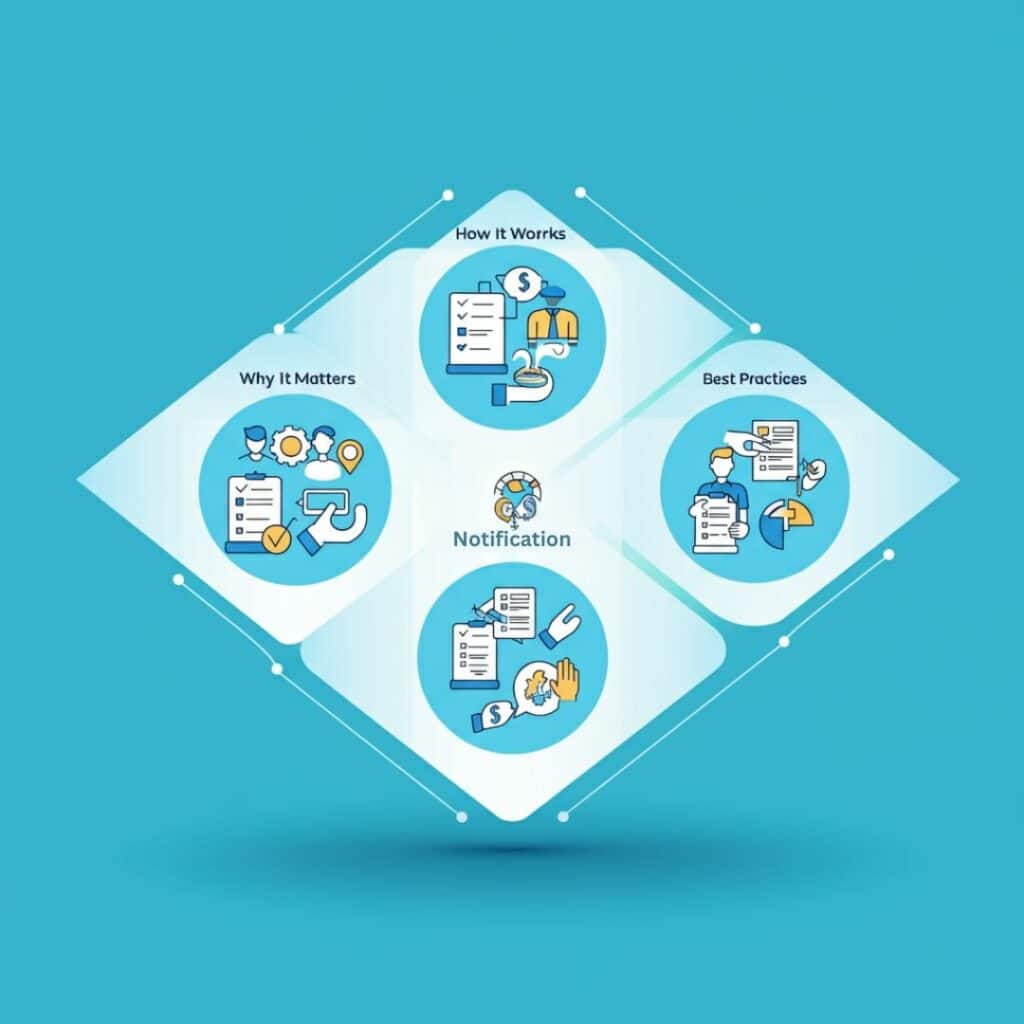Pre-employment drug testing has become a vital tool for employers striving to create a safe, productive, and drug-free workplace. This process helps identify whether prospective hires use illegal substances or abuse prescription drugs, offering peace of mind to employers and fostering a safer environment for all employees. For workplaces in safety-sensitive industries or environments, such as healthcare or transportation, pre-employment drug testing is particularly crucial.
This guide will explore how pre-employment drug testing works, what substances it screens for, its legal considerations, and the benefits it offers employers. Additionally, we’ll share best practices to help organizations implement a fair and compliant drug testing policy.

Types of Drug Tests
Pre-employment drug tests can vary based on the specimen collected and the detection windows for substances. Here are the most common types:
1. Urine Tests
Urine testing is the most widely used method in pre-employment drug screening. It is relatively quick, cost-effective, and capable of detecting recent drug use. Substances typically remain detectable in urine for 5 to 10 days, making these tests ideal for assessing recent consumption.
Key Features:
- Most common method in regulated industries (e.g., DOT testing)
- Easy to administer
- Short detection window for recent drug use
2. Hair Tests
Hair testing provides the longest detection window, identifying drug use up to 90 days prior to the test. It involves collecting hair samples close to the scalp and is particularly effective in identifying long-term substance use.
Key Features:
- Detects use over months
- Ineffective for alcohol testing
- Higher cost compared to urine testing
3. Saliva Tests
Saliva (or oral fluid) tests are non-invasive and offer a shorter detection period, ranging from a few hours up to 2-48 hours. These tests are commonly used to detect very recent drug use, which is useful in scenarios like post-accident testing or assessing on-the-spot impairment.
Key Features:
- Non-invasive
- Short detection period
- Effective for monitoring recent on-duty drug use
4. Blood Tests
Blood tests are highly accurate and detect the exact levels of substances in an individual’s system at the time of testing. However, they are invasive, costly, and only effective for very short detection windows (minutes to hours).
Key Features:
- Highly accurate
- Short detection period
- Best for detecting real-time drug impairment
Substances Tested
Most pre-employment drug tests focus on screening for the following substances, referred to as the “SAMHSA 5-panel test”:
- Amphetamines (e.g., methamphetamine, ecstasy)
- THC (tetrahydrocannabinol, marijuana)
- Cocaine (coke, crack)
- Opiates (heroin, morphine, codeine)
- Phencyclidine (PCP) (angel dust)
Employers can also request expanded panels to test for additional substances such as alcohol, barbiturates, benzodiazepines, and synthetic opioids.
For more information about standard drug testing panels, visit SAMHSA.gov.
Legal and Compliance Considerations
Drug testing in the workplace is governed by a mixture of federal, state, and industry-specific laws. Employers need to familiarize themselves with these regulations to ensure compliance and avoid litigation.
Federal Regulations
- Drug-Free Workplace Act of 1988: This mandates that federal contractors and grant recipients have a drug-free workplace policy.
- DOT Regulations: Employers in the transportation sector must follow strict drug and alcohol testing rules under the Omnibus Transportation Employee Testing Act.
- Americans with Disabilities Act (ADA): Prevents discrimination against employees in drug rehabilitation programs but allows testing for current drug use.
Learn more about federal guidelines on the SAMHSA workplace resources page.
State Laws
State laws may vary widely regarding employee drug testing. Some states have specific rules about pre-employment testing, marijuana use, and disciplinary action. It’s critical to consult state-specific guidelines to align your policy with local regulations.
Best Practices for Compliance
- Notify applicants about drug testing as part of the hiring process.
- Use state-certified laboratories to conduct tests.
- Offer equal treatment for all applicants in a specific role.
Benefits of Pre-Employment Drug Testing
The adoption of pre-employment drug testing comes with numerous advantages for employers, including:
1. Workplace Safety
Testing prevents individuals who misuse drugs from entering safety-critical roles, reducing workplace accidents and injuries.
2. Enhanced Productivity
Employees who misuse substances are more likely to have high absentee rates, reduced efficiency, and higher turnover. Testing ensures a healthier and more productive workforce.
3. Lower Liability
Employers can mitigate risks from workplace accidents caused by impaired employees, thus reducing their exposure to workers’ compensation claims and litigation.
4. Cost Savings
Drug screening deters substance abusers from applying, reducing turnover and lowering associated costs such as training new hires.
5. Improved Morale
A drug-free workplace promotes trust among employees and fosters a culture of safety and accountability.
Best Practices for Employers
Implementing a comprehensive and compliant drug testing program requires careful planning. Here are some best practices:
1. Establish Clear Policies
Develop a written drug-free workplace policy that outlines:
- The types of drug tests administered
- Consequences of a positive test
- Confidentiality protocols
Use the Department of Labor’s Drug-Free Workplace Advisor as a starting point.
2. Use Random Testing
Random testing serves as a deterrent to ongoing drug use by employees. Companies should use statistically random selection processes for unbiased testing. DISA offers tools to create random selection programs (learn more here).
3. Maintain Confidentiality
Employers must protect the privacy of all employees during the drug screening process. Results should only be shared on a need-to-know basis.
4. Partner with Expert Providers
Work with occupational health providers that specialize in workplace drug testing. For example, providers like SAP Evaluation llc and Concentra offer end-to-end solutions for screening, ensuring compliance with legal norms.
5. Train Supervisors
Supervisors should be well-trained to identify signs of substance use and handle reasonable suspicion scenarios according to company policies.
Conclusion
Pre-employment drug testing is an essential step for businesses to ensure workplace safety, legal compliance, and employee productivity. By implementing a clear drug testing policy and staying updated on federal and state regulations, employers can maintain a safer, healthier, and more professional work environment.
With the right tools and strategies, drug testing safeguards both employee well-being and the company’s reputation. To get started, consult trusted occupational health providers, and explore resources like those on SAMHSA.gov to develop or optimize your drug testing policy.
Reference Article
![Pre-Employment Drug Test: A Complete Guide [2025]](https://www.aacscounseling.com/wp-content/uploads/2025/05/Your-paragraph-text-6.jpg)







